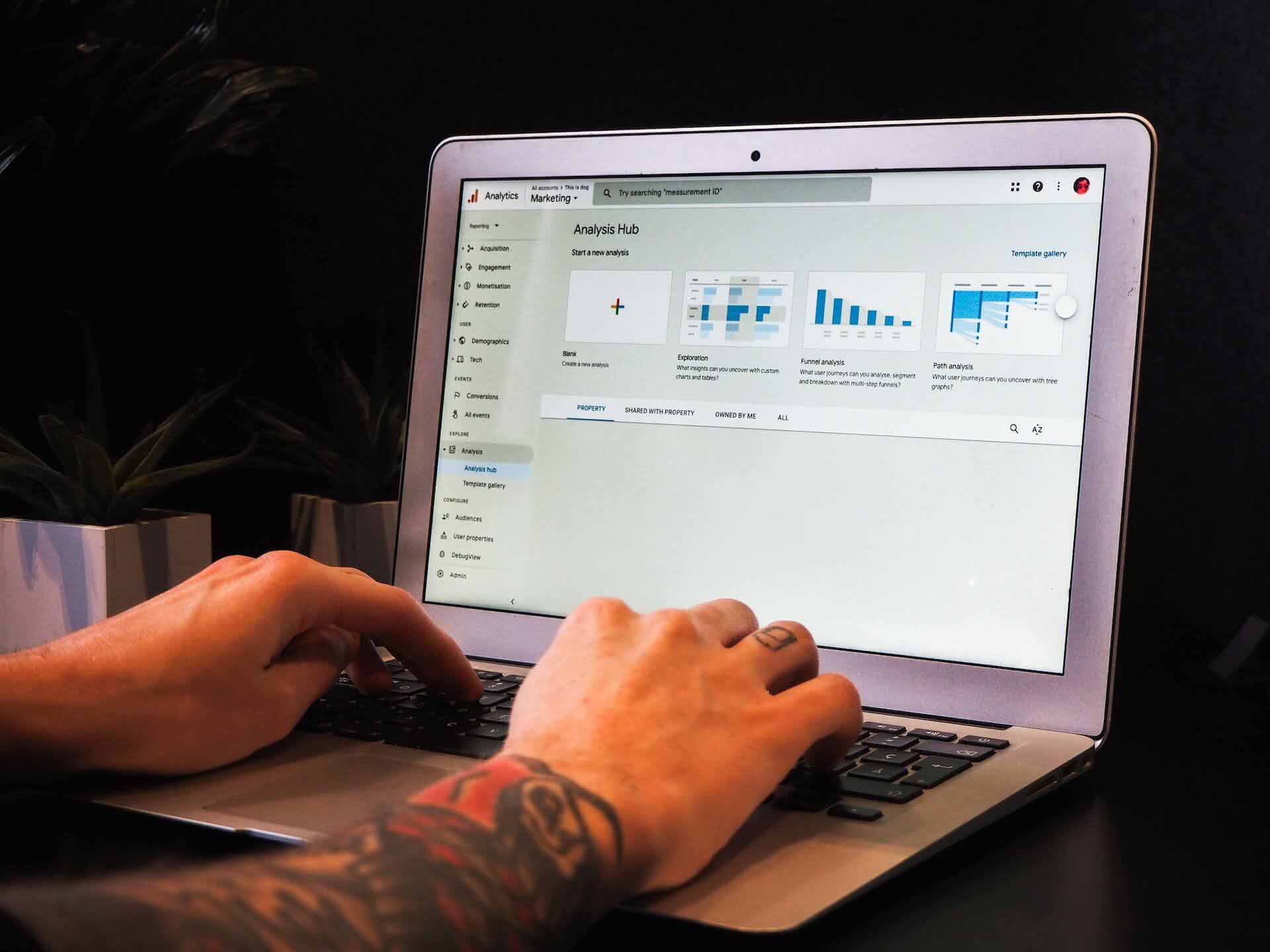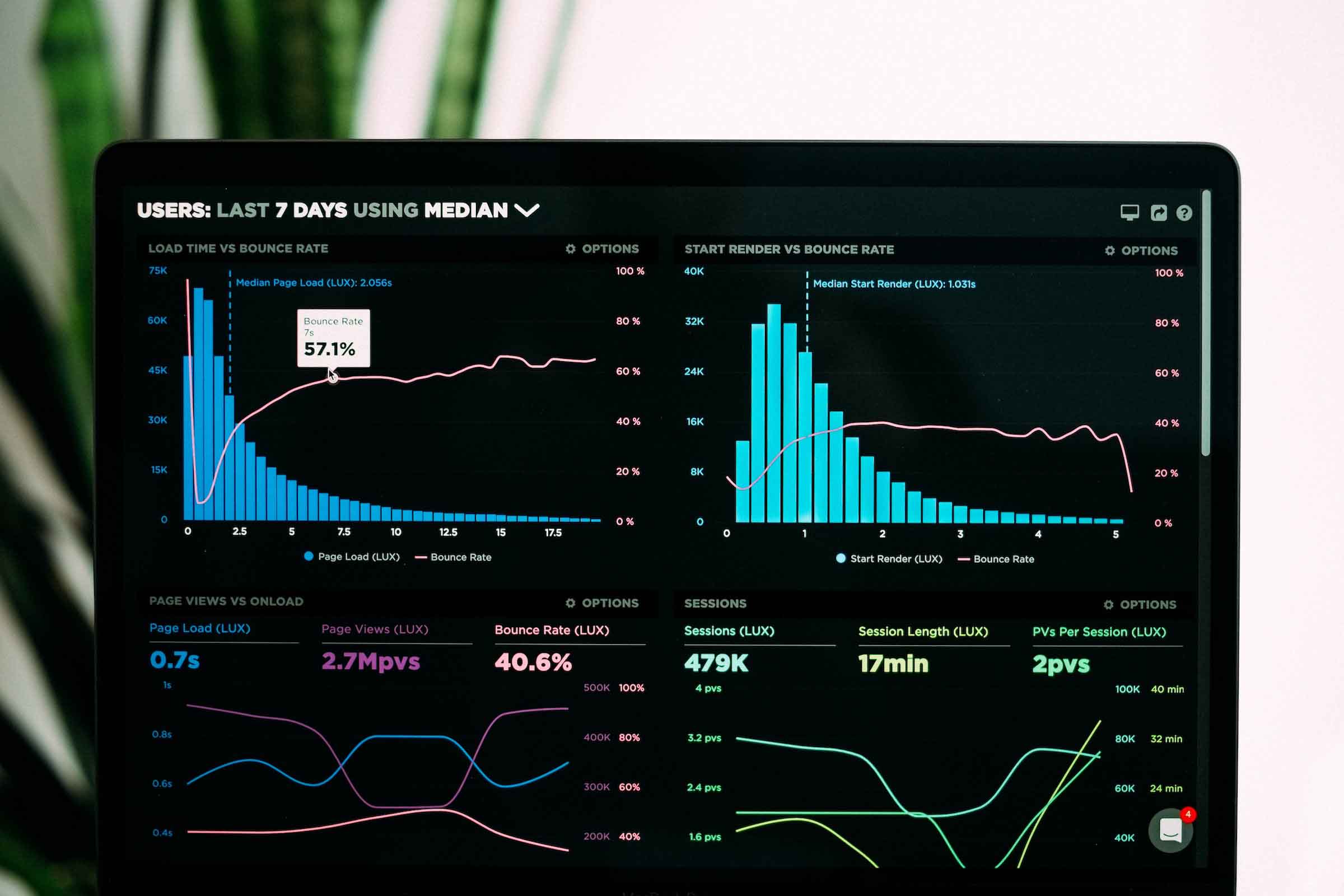Exit-intent popups
Exit-intent popups are a great way to convince users not to leave your site by motivating them to return to their session, this can be achieved by offering a discount or simply by promoting an area of the site they had not discovered and that could be of interest: Sales PLP for example.
In this article we are going to look at how this can be achieved using Adobe Target 1.x, to provide some context let’s look at a common test idea:
A retailer would like to show an exit-intent pop-up after 30 seconds of inactivity, but only once per session and if the user, within the session, has not visited the “New Arrivals” or “Sale” PLPs.
Challenge is how do identify and target only those users who are eligible to see the pop up? In other words, those users who, within the session, have not visited either of the two PLPs and have been inactive for 30 seconds.
Exit-intent popup in Adobe 1.x
To overcome this challenge in Adobe Target, we need to create two A/B tests:
“Background” experiment, which effectively works as a “custom code” section.
“Main” experiment must be a form-based experiment
The background experiment is set to 100% traffic and contains the code that checks if the user qualifies for the actual main experiment. In the example above, the experiment would check if the user, within the session, visits “New Arrivals” or “Sales” and if he/she has not, it will check for 30 seconds of inactivity. When a user qualifies for the experiment the background experiment performs a call to Target on a personalised mbox to run the main experiment.
Example code for the background experiment:
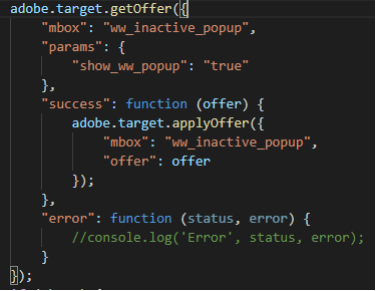
It is important that the getOffer()/setOffer() is not performed on the targetglobal-mbox, but on a specific custom made mbox.
Main experiment must be form-based – Control/Variation: contains the code which actually displays the pop up as well as any custom code required for metrics. The important part is that this must be a form-based experiment running on the custom mbox we called earlier ”ww_inactive_popup” and not on target-global-mbox.
To do this in the “location” of the experiment select the mbox as shown below:
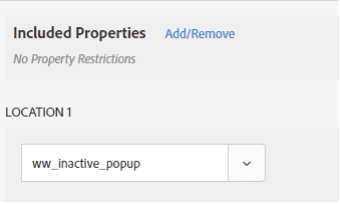
The audience of this experiment also contains a reference to the mbox parameter passed earlier in the background experiment as shown below:
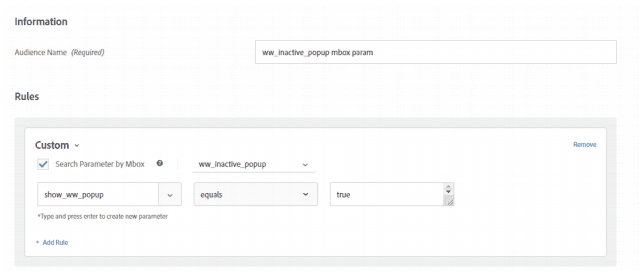
Ending Note
The background experiment will continuously monitor user behaviour and when it identifies a user that qualifies, it will call for the main form based experiment, add the visitor to either the control or one of the variations, and the experiment will work as normal.
To QA the main experiment it is best to push the experiment live to an audience made up of the custom mbox audience mentioned above as well as a QA query parameter – nobody will actually see the main experiment as the “ww_inactive_popup mbox” doesn’t run unless it is called directly by the background experiment.




